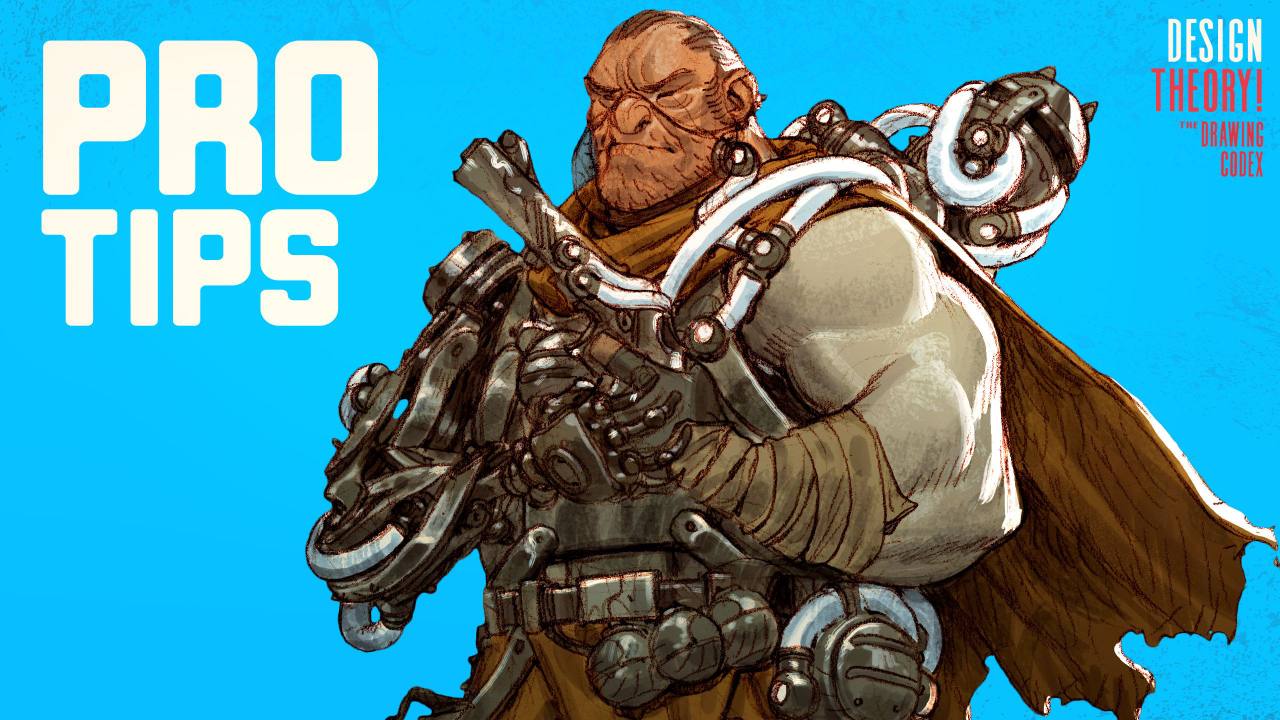Artists and Styles that Changed the World…

Greetings Artisan!
Is it dangerous to stick your neck out and create something new? Something fresh? Something no one has seen before?
Stupid question... right?
Or is it?
We often look back at when people took everything to the next level... with warmth, with affection, with perfect 20/20 hindsight.
The artists who pulled the collective consciousness kicking and screaming into a new visual modality.
Those who created something new... but it was better!

A page from Loan Sloan by Philippe Druillet
Those who cleared away the stale, moldy, reheated, conventional wisdom...
Who blasted it back into the past where it has forever retired! Bland, lifeless, antiquated.
However, often those attempts were difficult. We also don't see the failed ones... the attempts that got laughed out of existence by the mighty power of current trends and calcified group think.

A page from: Hal Foster Prince of Illustrators
It's a tricky road to navigate!
And often trying something new is not a great financial decision. To say the least.
Even when we look back at the maverick creators who did succeed...
...Those successes were not always financially rewarding.

A page from the book: Moebius Fusion
Balancing the new with the old... hanging on to the true pearls of wisdom from the past... not throwing the baby out with the bathwater... Is perhaps the greatest challenge of all.
When I started really wanting to be an artist... one of the things I always had at top of mind was originality.
I loved the idea of true fantasy... of creating worlds and ideas and feelings that, while relatable, never existed before.
I looked up to writers like Robert Jordan, who, with the Wheel of Time, created a deep history and tapestry of characters. Scenarios and ideas that were familiar, yet alien.
And speaking of Alien... I remember being totally captivated by the work of Giger, of THE Alien. An idea so terrifying in concept and execution that it has stayed with me to this day.

A page from: The Making of Alien
A lot of these new ideas actually had their genesis in comic books.
Ridley Scott has said that the work in Métal Hurlant helped inspire the worlds of his films Alien and Blade Runner.
And many of the artists who worked on those ground-breaking comics helped bring these films to life.

Some Moebius designs for Alien, from: The Making of Alien
I think one of the best examples of an artist who navigated the different worlds of commercial viability and tip of the spear in the avant-garde is Jean Giraud.
When he took on the alter ego of Moebius, he took art to a new place and inspired a generation of artists.
But, as we look back at these movements fondly, it's important to think about what it would have been like to make that leap. To challenge the convention, and start something new like Métal Hurlant.
I'm sure it was not easy.
I'm sure it was not obvious that it would succeed.
And it was probably a risky move financially.
So I think it's always worth peeking back and considering both what these transformations looked like... and what might the next wave might be.

Another page from Loan Sloan by Philippe Druillet
The artistic journey is often a delicate balance between pushing creative boundaries and maintaining commercial viability.
In a recent study session, I explored a range of artists who have successfully walked this tightrope. Each has found unique ways to innovate while still connecting with their audience and market. Although not without challenge.
You can check it out here:
|
I go into more detail on the transformation of Giraud to Moebius, as well as looking at some other contemporary artists from Métal Hurlant.
Here are some key takeaways:
- Conventional Foundation: Having a solid understanding of what works can provide the stability needed to experiment with more daring concepts.
- Persistence Pays Off: Artists like Jeff Smith, creator of Bone, demonstrate that pushing through initial resistance can lead to success. Often it's a matter of conviction and sticking with your idea for a long time.
- Industry Lag: The industry needs time to catch up with innovative ideas. What seems unmarketable today might become the next big trend. Which makes it hard to know where you are in the moment.
Pushing boundaries doesn't always mean immediate success. It often requires patience, persistence, and guts. And I think there is a lot we can learn from the artists who have tested these waters before us.
Until next time!
Tim







